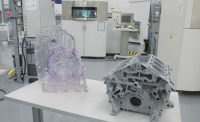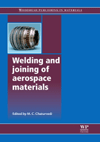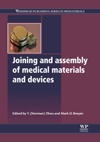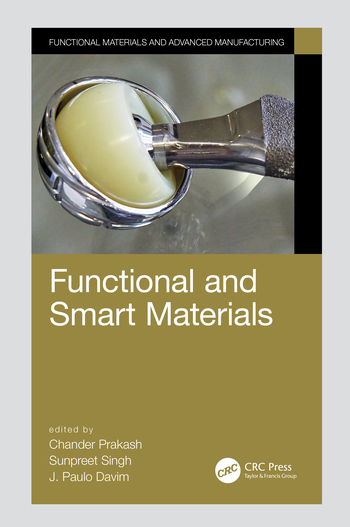CAMBRIDGE, MA—Engineers at BMW are working with the Self-Assembly Lab at the Massachusetts Institute of Technology (MIT) to develop printed inflatable materials that self-transform, adapt and morph from one state to another. Possible applications for the technology include automobile interiors.
The engineers printed air- and water-tight inflatable geometries that are similar to customized balloons. The silicone-printed objects can change shape depending on the amount of air pressure in the system. Pneumatic controls enable the printed structure to transform into a variety of shapes, functions or stiffness characteristics.
“Car interiors…are shifting toward a kind of vehicle that defies conventions like front and back seats,” says Martina Starke, head of brand vision and brand design at BMW Group. “There [will be] no need to lock the car of the future into any particular shape.
“Interiors could even take on malleable, modular uses,” explains Starke. “[That’s] why the study is focusing on technological dimensions and material properties at this stage.”
“We brought together a number of recent technologies, such as rapid liquid printing and techniques from soft robotics, to achieve this adaptive material structure,” adds Skylar Tibbits, founder of the MIT Self-Assembly Lab. “In the past, scenarios like these have often required error-prone and complex electromechanical devices, or complex molding and tooling to produce inflatables. Now, we’re able to print complex inflatable structures with custom actuation and tunable stiffness.
“The material exhibits robotic-like transformation from a pneumatic system with seven independent chambers to create different movement patterns,” claims Tibbits. “This adaptive technology points toward a future of transformable surfaces for adaptive human comfort, cushioning and impact performance.”








